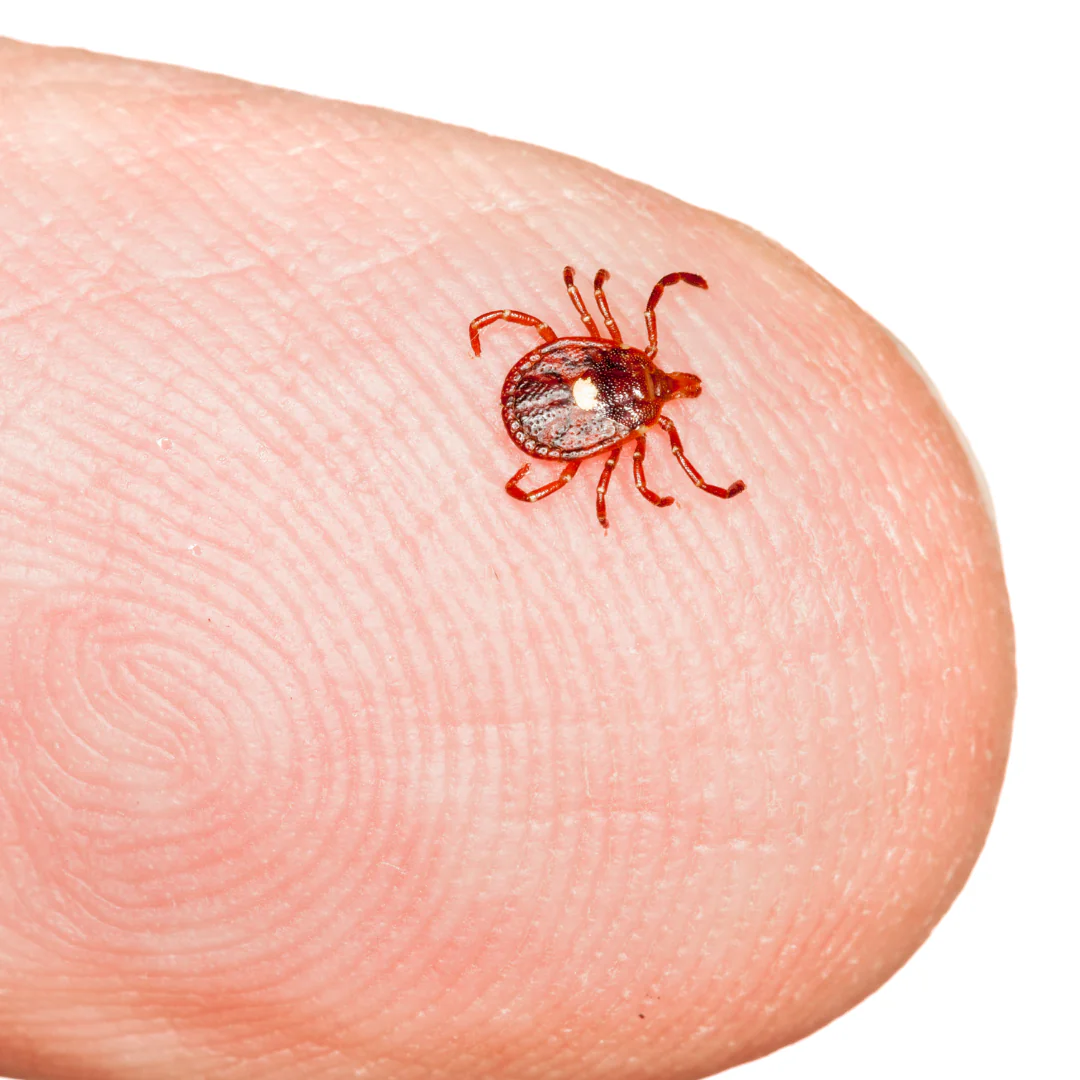What Are Lone Star Ticks?

Lone star ticks are identifiable by the distinctive white spot on the backs of female ticks. These ticks go through three life stages: larva, nymph, and adult, each requiring a blood meal from a host to move to the next stage. They are particularly active from early spring through late fall, favoring wooded areas, dense underbrush, and tall grasses as their habitats. Unlike deer ticks, lone star ticks do not rely mainly on deer and can feed on various mammals, including humans. The presence of lone star ticks in Massachusetts is expanding, driven by factors like climate change and the movement of host animals, creating more suitable living conditions for them.
Presence of Lone Star Ticks in Massachusetts
Lone star ticks have been discovered in various parts of Massachusetts, sparking heightened concerns about illnesses transmitted by ticks. Researchers point to several contributing elements, such as shifting weather patterns and the migration of animal hosts. With the rise in temperatures, these areas are now suitable for the persistence and breeding of lone star ticks. Originally native to hotter southern locations, these ticks are now adjusting to the evolving climate in the northeastern United States. Their presence is becoming more common, especially in regions like Essex County, Middlesex County, and Worcester County, prompting the need for increased public health initiatives and vigilance.
Health Risks Associated
Lone star ticks can transmit several diseases that pose health risks to humans. These diseases are ehrlichiosis, tularemia, and Southern tick-associated rash illness (STARI). Additionally, these ticks have been linked to alpha-gal syndrome, a condition that triggers allergic reactions to red meat. Symptoms of a bite may include mild itching and redness at the site, but more severe reactions can occur, depending on the pathogens transmitted. Individuals may experience flu-like symptoms such as fever, headache, and fatigue. The allergic reactions associated with alpha-gal syndrome can range from hives and gastrointestinal discomfort to anaphylaxis, which is a severe, life-threatening response. Recognize these potential health risks and take preventative measures to reduce the likelihood of tick bites.
Preventative Measures
Minimize the risk of tick bites while enjoying outdoor activities. It’s vital to adopt several protective measures. Opt for light-colored clothing, which makes it easier to spot ticks. Long sleeves and pants should be worn, and pants legs should be tucked into socks to create a barrier against ticks. Insect repellents containing DEET are effective and can be applied to exposed skin, while permethrin-treated clothing offers additional protection. Avoid dense underbrush, tall grasses, and wooded areas where ticks thrive.
Inspect your body for ticks after spending time outdoors – paying attention to areas like the scalp, underarms, and behind the knees. Showering soon after returning indoors can help wash away unattached ticks. When removing an attached tick, use fine-tipped tweezers to grasp it as close to the skin’s surface as possible and pull upward with steady, even pressure.
Keep your yard maintained to deter ticks from taking up residence. This involves mowing the lawn frequently, clearing tall grasses and brush, and removing leaf litter where ticks can hide. Creating wood chips or gravel between your lawn and wooded areas can reduce tick migration into your yard. If you have pets, consider using veterinarian-recommended tick control products to prevent them from bringing ticks inside.
By taking these steps, you can significantly reduce the likelihood of tick bites and protect yourself from potential health risks associated with lone star ticks.
Control and Management
Reducing the presence of lone star ticks in your surroundings requires both individual and community efforts. Professional spray services, such as those offered by Shawsheen Valley Mosquito & Tick Control, are highly effective in lowering tick populations in your yard. These services typically use targeted treatments to create a less hospitable environment for ticks.
On a personal level, maintaining your yard is crucial. Keep the grass short and remove tall weeds or brush where ticks could hide. Creating a barrier with wood chips or gravel between your lawn and wooded areas can help keep ticks from migrating into your yard. Clearing away leaf litter and other debris can remove potential tick habitats.
It’s also beneficial to engage in community-wide efforts to control tick populations. Local health departments and community organizations often provide resources and guidance on managing ticks.
By combining professional services with diligent personal practices and participating in community efforts, we can effectively manage the presence of lone star ticks and reduce the associated health risks in Massachusetts.